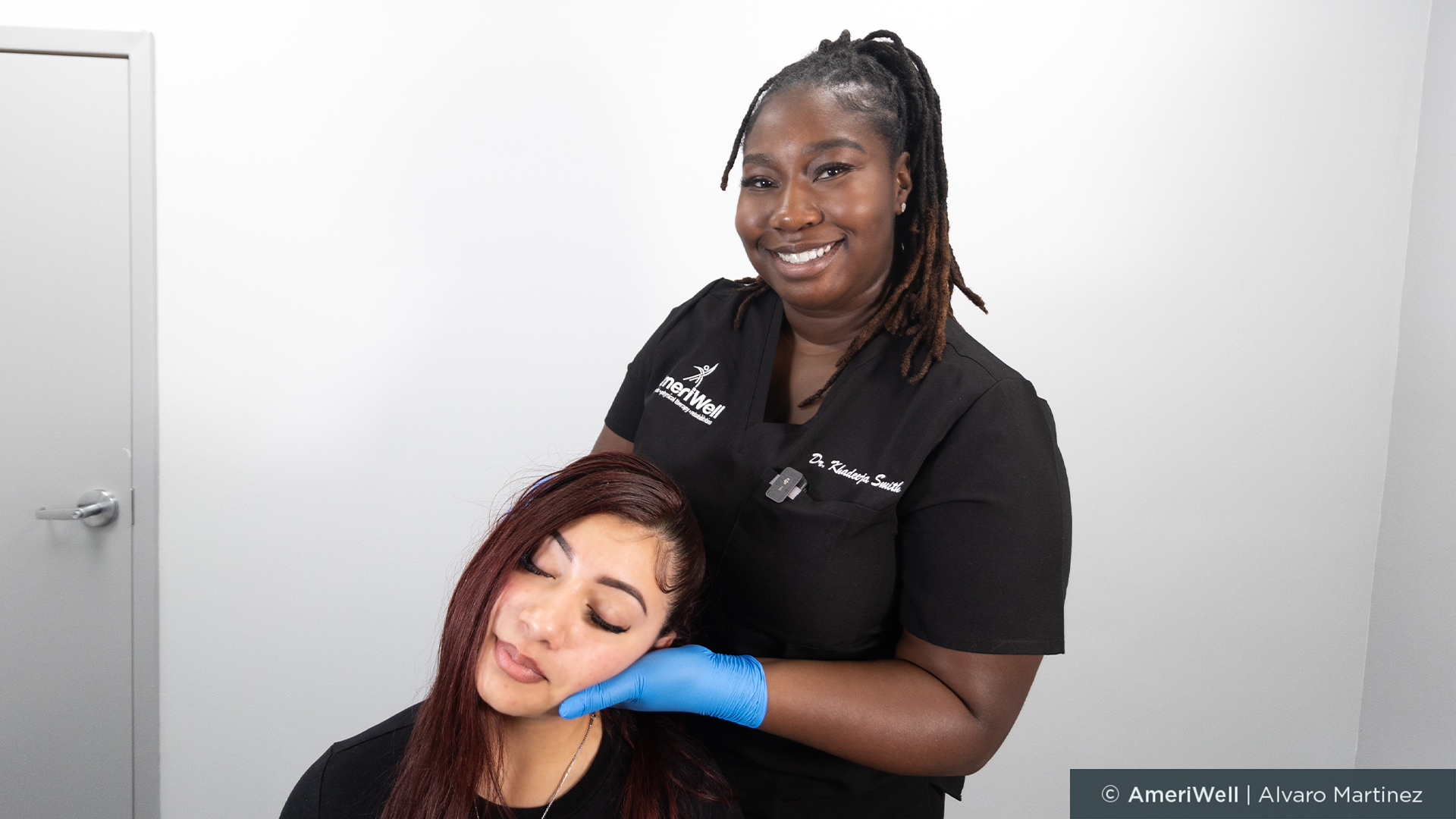Sunday, October 16, is World Spine Day. The day is meant to highlight the burden of spinal pain and disability around the world, as well as addresses the need for access to quality essential spinal health services. It is estimated that approximately 540 million people worldwide suffer with low back pain at any one time and remains the leading cause of disability.
One of the most common forms of treatments for back pain is physical therapy. Many patients find relief and regain their quality of life back after working with a physical therapist in Falls Church, VA. But it’s not just back and spinal issues a physical therapist can help with. The following is a brief overview of what physical therapy is and how it can help. For more information, contact AmeriWell Clinics to schedule an evaluation.
What is physical therapy?
Physical therapy is a medical-based, hands-on approach to help relieve a patient’s pain and restore function to the area(s) of the body where the pain is located. This treatment is provided by physical therapists, who are highly trained in the area of musculoskeletal and neurological conditions.
A physical therapist will identify a patient’s cause of pain, evaluate the patient’s patterns of movement, and develop a treatment plan specifically for that patient’s issues, all while working closely with the patient’s physician. The goal of every physical therapist at our clinic is to eliminate our patients’ pain, restore mobility and function, and prevent the pain and/or injury from happening again.
What type of conditions can a physical therapist treat?
There are a variety of injuries and conditions that physical therapy can successfully treat, including:
- Avoiding surgery
- Back pain
- Burns
- Carpal tunnel syndrome
- Chronic fatigue syndrome
- Fractures
- Headaches
- Huntington’s Disease
- Injury or trauma recovery
- Joint replacement
- Ligament injuries
- Limited range of motion (ROM)
- Lymphedema
- Muscular Dystrophy
- Neck pain
- Osteoporosis
- Pain management
- Parkinson’s disease
- Pelvic floor dysfunction
- Respiratory issues
- Sports injuries
- Sprains
- Stroke recovery
- Vertigo
What type of education and training is required in order to become a physical therapist?
A physical therapist is required to obtain a Doctor of Physical Therapy (DPT) degree from a commission on accreditation in physical therapy education-accredited program and then pass a state license exam. The DPT program takes approximately three years.
Courses of study include the following:
- Anatomy
- Behavioral sciences
- Biology
- Biomechanics
- Cardiovascular system
- Cellular histology
- Endocrine system
- Kinesiology
- Metabolic
- Musculoskeletal system
- Neuroscience
- Pathology
- Pharmacology
- Physiology
- Pulmonary system
What should I expect at my first appointment?
Your first appointment with your physical therapist will be more of an evaluation in order to determine what type of medical issues you are having and what your treatment goals are. Your therapist will first go over your medical history with you and discuss your current concerns. Then they will conduct a physical exam in order to assess your posture, strength, flexibility, and mobility of your joints. They will also observe your movements. Your therapist will take all this information and discuss with you what they feel the issues are and the treatment plan that will work best to get you to the goal of living pain-free and healthy again.
